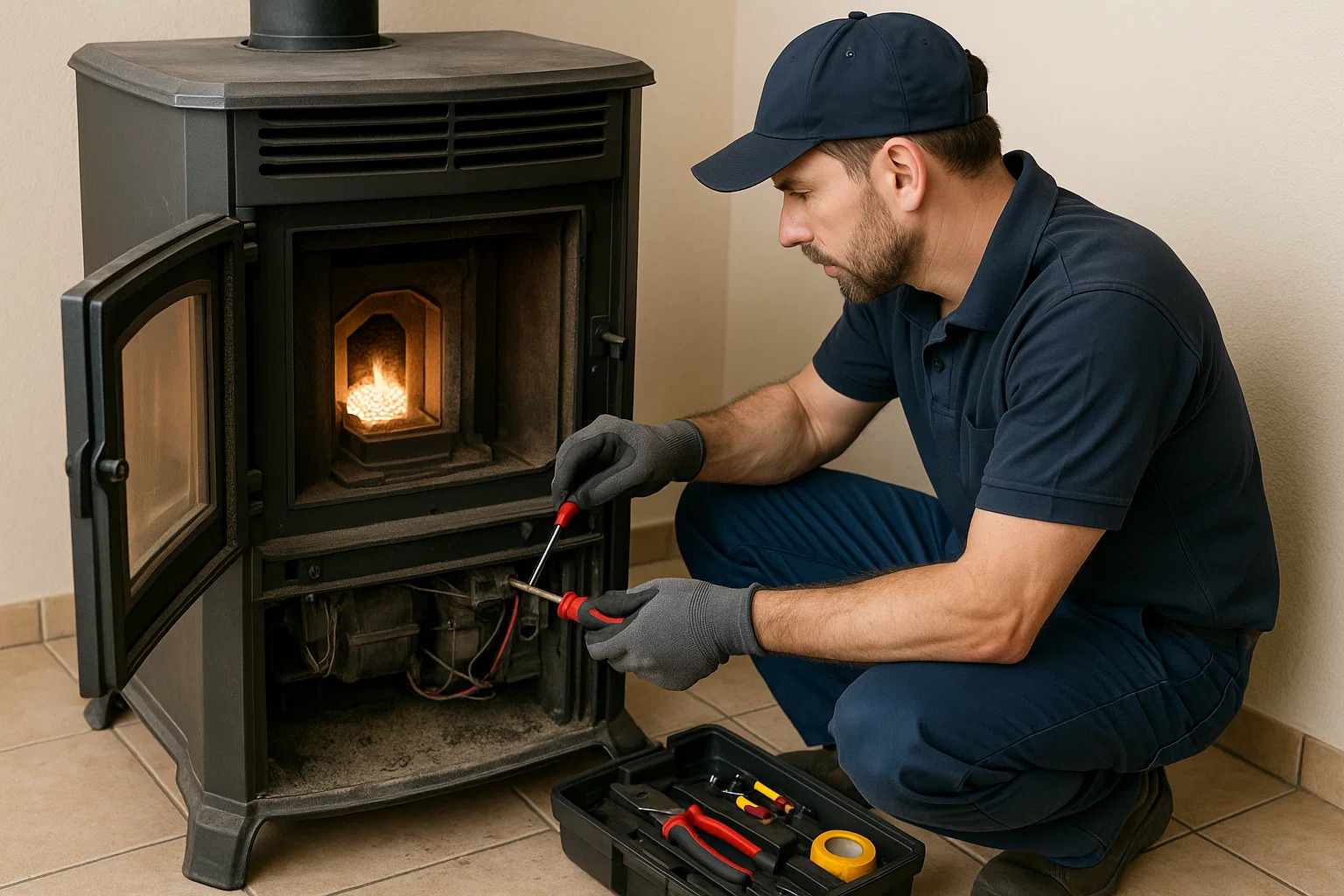When it comes to home security, every detail matters — and one of the most important yet often overlooked elements is the safety door handle. While many homeowners focus on locks, alarms, or surveillance systems, the door handle is the first point of contact for anyone entering your home. The right safety door handle can provide a solid barrier against intruders, improve daily convenience, and enhance your door’s visual appeal.
In this guide, we’ll walk you through everything you need to know to select the ideal safety door handle for your needs, balancing both security and style.
Why a Safety Door Handle Matters
A safety door handle is more than just a functional component for opening and closing doors. It acts as a security feature, often integrated with locking systems, designed to withstand force and prevent tampering. Unlike standard handles, safety models are built with stronger materials, reinforced mechanisms, and sometimes even smart technology for enhanced protection.
Investing in the right handle means you’re reinforcing one of your home’s most vulnerable entry points while adding a design element that complements your interiors or exteriors.
Types of Safety Door Handles
Before making a decision, it’s essential to understand the common types of safety door handles available:
- Lever Handles with Integrated Locks
These handles combine a comfortable grip with built-in locking systems, suitable for both interior and exterior security doors. - Deadbolt-Integrated Handles
Designed with a separate or built-in deadbolt, these handles provide an extra layer of security for main entrances. - Electronic or Smart Handles
Equipped with keypads, fingerprint sensors, or Bluetooth connectivity, these handles offer convenience and modern security. - Pull Handles with Hidden Locks
Often used for large front doors, these handles have concealed locking mechanisms for a sleek, minimal look.
Key Factors to Consider When Choosing a Safety Door Handle
1. Material and Durability
The material of your handle directly impacts its strength, longevity, and resistance to wear. Popular options include:
- Stainless Steel: Rust-resistant and extremely durable.
- Solid Brass: Offers a classic look with excellent corrosion resistance.
- Zinc Alloy: Affordable yet strong and versatile.
Choose a material that can handle the climate in your area and the level of daily use.
2. Security Features
A good safety door handle should include tamper-resistant technology, such as:
- Concealed screws
- Anti-drill plates
- Reinforced locking housings
- Multi-point locking compatibility
For maximum security, opt for models tested to meet recognized safety standards.
3. Lock Compatibility
Ensure the handle is compatible with your existing door lock or the lock you plan to install. Some handles are designed for specific locking systems, while others are more versatile.
4. Ease of Use
Security should never come at the expense of convenience. Look for handles with ergonomic designs, smooth operation, and accessible locking mechanisms that suit all family members, including children and elderly users.
5. Style and Finish
Your safety door handle doesn’t just protect — it also contributes to your home’s overall style. Available finishes include:
- Matte black for modern elegance
- Brushed nickel for contemporary minimalism
- Polished brass for a traditional, luxurious feel
- Antique bronze for rustic charm
Choose a finish that complements your door’s material and your home’s aesthetic.
6. Smart Features
If you’re upgrading to a more advanced security system, consider a handle with smart features such as:
- Keyless entry via PIN code
- Biometric fingerprint scanning
- Remote access through smartphone apps
- Integration with home security systems
Measuring and Installation Tips
Even the most secure and stylish handle won’t work properly if it’s not the right size or installed correctly.
- Measure Door Thickness: Most handles are designed for standard door thicknesses, but always confirm before buying.
- Backset Measurement: The distance from the door’s edge to the center of the handle’s spindle hole should match the handle specifications.
- Professional Installation: While many handles are DIY-friendly, hiring a professional ensures proper alignment, secure fitting, and smooth operation.
Maintenance for Longevity
Once installed, keep your safety door handle in top condition with these tips:
- Clean Regularly: Use mild soap and water to wipe away dust, dirt, and fingerprints.
- Lubricate Moving Parts: Apply a light lubricant to the latch and internal mechanisms every few months.
- Check for Loose Components: Tighten screws or bolts to prevent wobbling and wear.
- Protect the Finish: Avoid abrasive cleaners that can scratch or dull the handle’s surface.
Balancing Security and Style
Some homeowners assume that a handle with strong safety features will look bulky or unattractive. Fortunately, modern designs blend advanced protection with sleek styling, meaning you can have both. Whether you prefer a bold, eye-catching handle or a subtle, minimal look, there’s a safety door handle that fits your security needs and design preferences.
Conclusion
Choosing the right safety door handle is about more than picking a nice-looking piece of hardware — it’s a decision that affects your home’s safety, convenience, and style. By considering factors such as material, security features, lock compatibility, and design, you can find a handle that offers reliable protection while complementing your home’s aesthetic.
A well-chosen safety door handle not only guards your home against potential threats but also welcomes guests with a touch of style. In the end, it’s a small investment that delivers peace of mind and lasting value.

